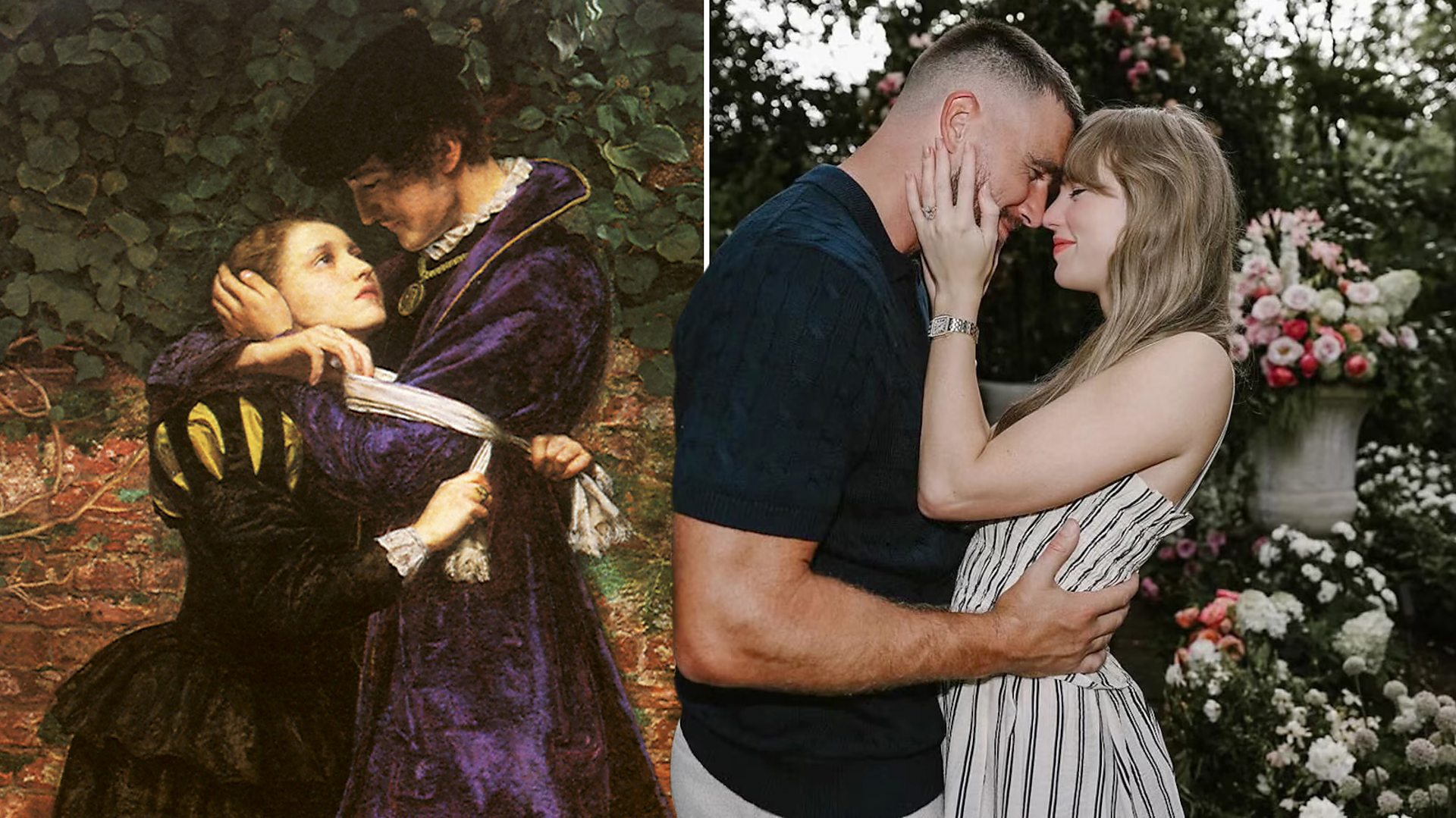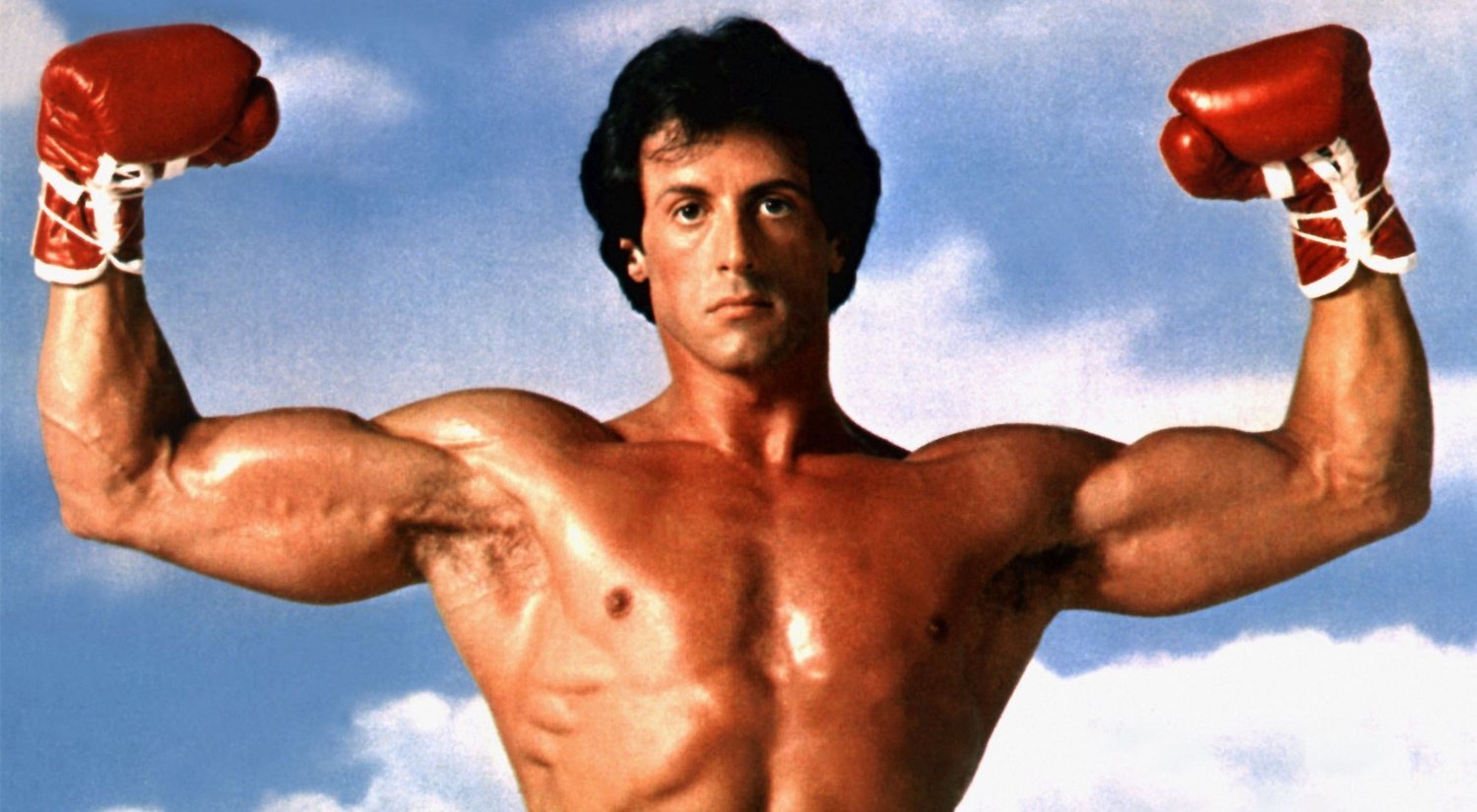The music industry has always been a stage for bold statements, evolving trends, and the redefinition of cultural norms. Yet, even in 2025, the open embrace of sexuality by female pop artists continues to spark debate. Artists like Sabrina Carpenter and Taylor Swift have found themselves at the center of conversations about empowerment, artistry, and societal double standards. Despite decades of progress in gender equality, the question remains: why is sexual expression still a source of controversy when it comes to women in pop music?
The contemporary age places a higher value on uniqueness and sincerity than at any previous time. Social platforms enhance artists’ opportunities to interact directly with their audience, sidestepping conventional intermediaries. Ideally, this autonomy would enable women to showcase themselves without the apprehension of criticism. Yet, the public’s response to music videos, live shows, and album ideas that include elements of sensuality indicates an ongoing unease. It appears that society approves of women being self-assured and autonomous—up to the point where this self-assurance is expressed through sexuality.
For numerous individuals, the representation of sexuality in music extends beyond mere enjoyment and becomes a means to question entrenched cultural beliefs. When a woman in the music scene opts to present herself as alluring or bold, the focus frequently transitions from her abilities to her ethical standing. While male artists seldom receive equivalent criticism for the same actions, women are met with perceptions that their artistic value is compromised by their sexual portrayal. These perceptions uncover the continuing influence of conventional gender roles, despite pop culture’s assertions of embracing freedom.
Sabrina Carpenter perfectly embodies this intricate relationship. Renowned for her appealing pop tunes and lyrics that connect with many, she has lately added more daring visuals to her projects. Portrait sessions, live shows, and music videos with provocative themes have generated varied opinions on the internet. Some praise her for accepting her maturity as an artist, whereas others ponder if her transformation implies a “loss of innocence.” These responses mirror critiques directed at numerous women before, from Madonna in the 1980s to Britney Spears in the early 2000s.
Taylor Swift faces similar scrutiny, though her approach to sexuality is often more subtle. For years, Swift’s public image revolved around storytelling and emotional vulnerability rather than overt sensuality. However, recent projects suggest a willingness to explore themes of intimacy and physical desire in her music. While many fans embrace this as a sign of artistic maturity, critics are quick to dissect her choices, analyzing lyrics and performances for signs of “pushing boundaries.” The fact that such conversations still dominate headlines illustrates how society continues to wrestle with women who own their sexuality in public spaces.
The criticism female artists receive is not limited to traditional media. Social platforms amplify every opinion, creating echo chambers where debates over morality, feminism, and commercial intent thrive. A single image or lyric can ignite days of discourse across TikTok, X (formerly Twitter), and Instagram. While these conversations often include voices advocating for empowerment, they also expose the persistence of moral policing. This digital age magnifies double standards, making every creative decision a potential flashpoint for controversy.
Historically, the music industry has profited from sexualized imagery, yet it often punishes the women who participate in it willingly. When an artist chooses to present herself in a sensual way on her own terms, the narrative frequently shifts to whether she is “selling out” or “seeking attention.” These criticisms overlook the fact that sexuality is not inherently exploitative when it is self-directed. For many artists, sensuality is not just an aesthetic but an integral part of storytelling and emotional expression.
The discourse on sexuality in popular music also aligns with the values of different generations and cultures. Older listeners frequently view provocative visuals as improper or superfluous, whereas younger audiences often consider them a display of self-assurance and genuineness. These generational differences affect the reception, promotion, and analysis of music. The growth of international fan communities adds another layer of complexity, given that cultural standards differ significantly between regions. What is praised in one area might cause anger in another, compelling artists to manage a complicated network of expectations.
It is crucial to take into account the influence of feminism in this discussion. Supporters of gender parity contend that regulating women’s bodies and decisions reinforces patriarchal standards. Seen from this angle, when female pop icons assert their sexuality independently, they confront traditional restrictions that limited women to roles characterized by chastity and inactivity. On the other hand, detractors claim that popular pop culture frequently equates empowerment with sexual exposure, thereby perpetuating rather than breaking down objectification. This conflict highlights why conversations about empowerment in the music industry are seldom uncomplicated.
Economics is a crucial factor in this dialogue. The music industry operates as a business, and captivating visuals often lead to increased streams, ticket sales, and sponsorships. Some critics argue that provocative imagery is mainly a marketing tactic rather than a declaration of self-expression. Although commercial motivations certainly play a role, this viewpoint diminishes the artists’ autonomy. For numerous individuals, sexuality is a genuine part of their personal identity, not just a means to earn money. Separating artistic purpose from commercial strategy continues to be one of the most challenging dimensions of this discussion.
In 2025, with technology altering the way people enjoy music, artists are more visible than at any point before. Apps such as TikTok, YouTube, and Instagram enable audiences to engage with material instantly, turning each fashion choice, song line, or dance routine into a subject for public scrutiny. The contradiction is evident: the public calls for genuine expression from musicians but judges them fiercely when that genuineness disturbs societal norms. This inconsistency subjects female artists to intense scrutiny, compelling them to strike an unattainable balance between being daring yet uncontroversial, alluring yet dignified.
Despite the backlash, the continued embrace of sexuality by women in pop music reflects a larger cultural shift. These artists are not only creating entertainment but also engaging in conversations about autonomy, identity, and representation. By asserting control over their image and rejecting prescriptive notions of femininity, they pave the way for future generations to express themselves without apology. While progress is evident, the resistance they face proves that true equality in self-expression remains a work in progress.
La controversia que envuelve a figuras femeninas como Sabrina Carpenter y Taylor Swift destaca una más amplia inquietud social respecto a que las mujeres posean completamente sus historias, incluyendo sus identidades sexuales. Hasta que la percepción pública trascienda estereotipos anticuados, las discusiones sobre empoderamiento frente a explotación seguirán ocupando los titulares. Lo que está claro es que estas discusiones son vitales para cuestionar dobles estándares y promover una cultura que respete la elección individual.
As the decade unfolds, the question persists: will society ever view female sexuality in pop music without suspicion or moral judgment? The answer lies not only in the hands of the artists but also in the willingness of audiences to confront their biases. Until then, every bold lyric, every daring costume, and every unapologetic performance will remain both a creative expression and a cultural battleground.




